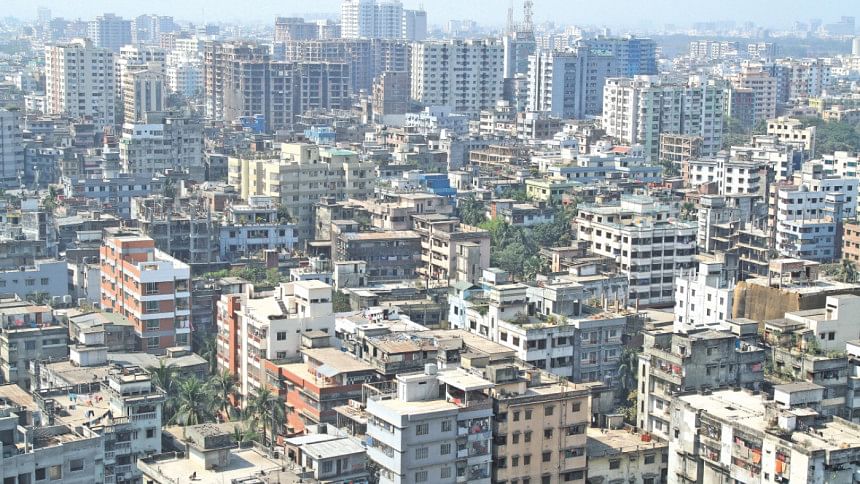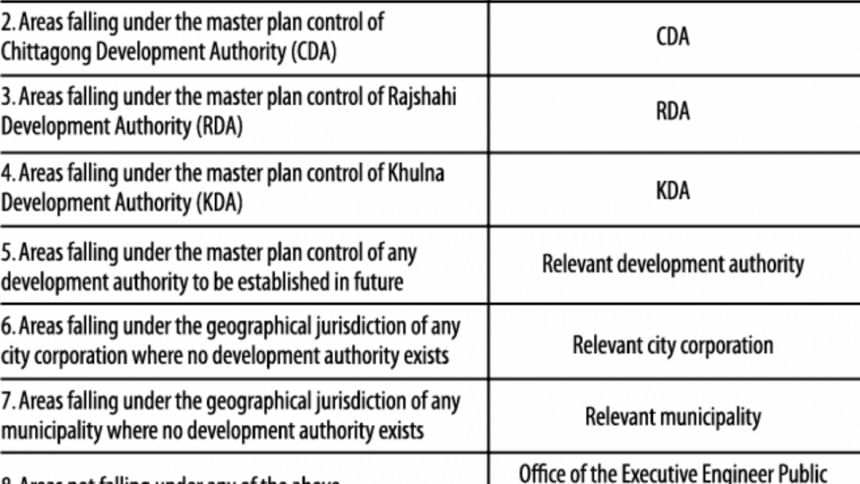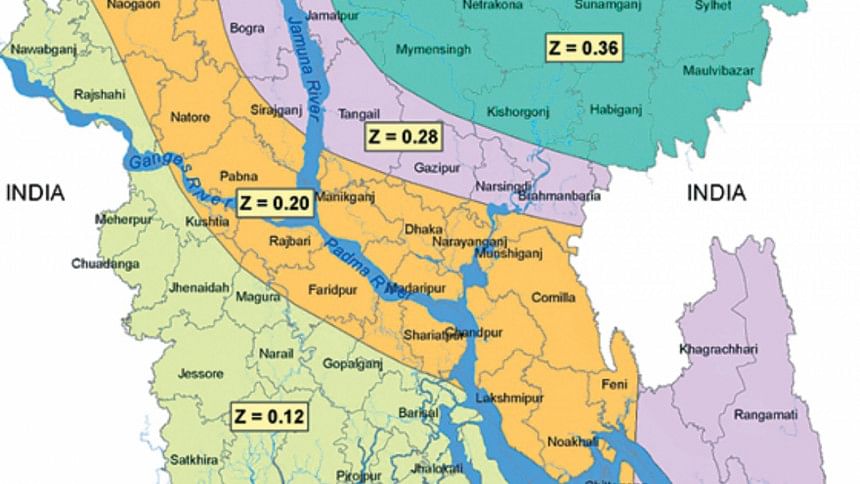What’s new in the upcoming Bangladesh National Building Code?

A building code is a set of rules that specify minimum standards for the construction of buildings. Buildings must conform to the code to obtain permission from the regulatory authority, usually from a local government body. The purpose of the code is to establish minimum standards for design, construction, quality of materials, use and occupancy, location and maintenance of buildings in order to safeguard, within achievable limits, life, limb, health, property and public welfare. The building code becomes law of a particular jurisdiction when formally enacted by the appropriate governmental authority.
Building codes are generally intended to be applied by architects, engineers, interior designers, constructors and regulators but are also used for various purposes by safety inspectors, environmental scientists, real estate developers, subcontractors, manufacturers of building products and materials, insurance companies, facility managers, tenants and others. Codes regulate the design and construction of structures where adopted into law. In Bangladesh, building codes are developed by the government agencies and then enforced across the country by the central government.
The first Bangladesh National Building Code was developed in 1993 and was enacted in 2006 followed by amendment of the Building Construction Act-1952. As a living document, the building code needs to be updated periodically within an interval of 4-5 years. The first developed and enacted BNBC has already been updated and is awaiting enactment as BNBC-2017.

Some important topics that the upcoming code has touched upon are:
• 'Outline of Bangladesh Building Regulatory Authority (BBRA)' in the chapter 'Organization and Enforcement'
• Table on 'Jurisdiction of Building Officials of Designated Offices/Authorities'
• Table on 'Eligible Registered Professionals for Signing Design, Drawings/Documents'
• Chapter on 'Energy Efficiency and Sustainability'
• Chapter on 'Maintenance Management, Repairs, Retrofitting and Strengthening of Buildings'
• Chapter on 'Rainwater Management'
• Chapter on 'Steel-Concrete Composite Structural Members'
• Chapter on 'Bamboo Structures'
• 'Universal Accessibility' as appendix
• Revised figure on 'Basic Wind Speed Map'
• Revised figure on 'Seismic Zone Bangladesh'
Purpose and scope of some new chapters and appendix including one table and two figures are shown below as samples:
Energy efficiency and sustainability:
To enhance the design and construction of buildings through the use of building concepts having a positive environmental impact and encourage sustainable construction practices, allowing efficiency and conservation of energy, water and building materials, and to promote resource efficiency.
Rainwater management:
To set forth provisions for planning, design and installation of rainwater management systems in buildings.
Steel-concrete composite structural members:
Addresses composite columns composed of rolled or built-up structural steel shapes, and structural concrete acting together, and steel beams supporting a reinforced concrete slab so interconnected that the beams and the slab act together to resist bending. Seismic provisions for steel-concrete composite members are also provided.
Bamboo structures:
The use of bamboo in construction as structural elements, nonstructural elements and also for temporary works in structures or elements of the structure, ensuring quality and effectiveness of design and construction using bamboo.
Universal accessibility:
To set out the fundamental design and construction requirements and guidelines for different occupancy types, accessible to persons with permanent or temporary disabilities.
Bangladesh has its own code since 1993, but enforcement of this code is not at all satisfactory. For safer Bangladesh as well as the wellbeing of people and properties, we have no other alternative but to implement the national building code all over the country.

Mohammad Abu Sadeque PEng is Executive Director, Center for Housing and Building Research (HBRC).

 For all latest news, follow The Daily Star's Google News channel.
For all latest news, follow The Daily Star's Google News channel. 



Comments